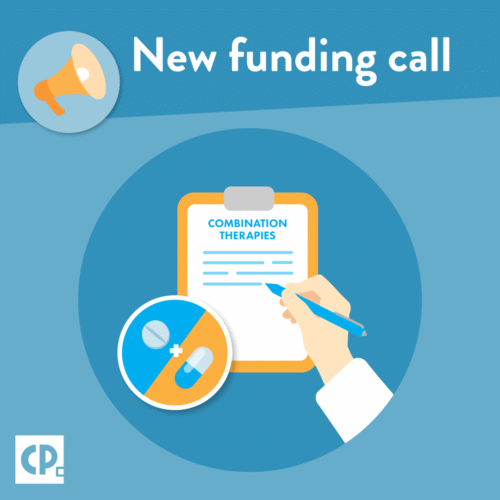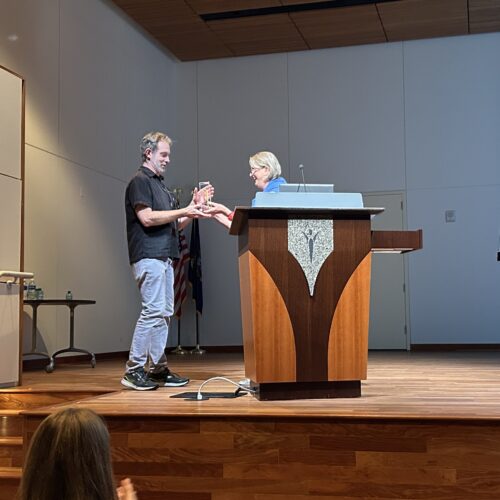Combination therapies: a change in approach for Parkinson’s research

As part of our research strategy, Cure Parkinson’s is seeking to progress research involving combination therapies as a potential method for targeting Parkinson’s progression.
Currently, clinical trials of potentially disease-modifying therapies for Parkinson’s are largely focussed on testing single drugs, or monotherapies. These drugs often target a specific biological pathway associated with progression, such as build-up of the protein alpha-synuclein. We know, however, that there are many pathways that interact and contribute to the loss of nerve cells (neurons) in Parkinson’s. Therefore, although the clinical testing of single drugs remains important, finding a disease-modifying treatment may ultimately require a combination therapy approach.
What is a combination therapy?
A combination therapy is a treatment that involves two or more active agents to achieve the desired effect. These drugs may target separate pathways, or one may be used to enhance the effectiveness of the other.
Combination therapies have already been employed in several therapeutic areas, such as in cancer and heart disease. Furthermore, combination therapies are currently used to treat Parkinson’s symptoms: co-careldopa, one of the most common Parkinson’s medications, contains both levodopa and carbidopa. Carbidopa helps to ensure more levodopa can reach the brain, where it is then converted to dopamine.
If combination therapies are already being used for treating Parkinson’s symptoms, then it feels logical that they could also be used to treat Parkinson’s progression. Therefore, we aim to encourage researchers to think about, and test, drug combinations earlier in the drug discovery process; Cure Parkinson’s are championing the testing of combination therapies with the hope of increasing the odds of identifying disease-modifying therapies with urgency.
By encouraging researchers to consider combination therapies we hope to tackle Parkinson’s from two or more different angles and have a greater impact on progression of the condition.
Helen Matthews, CEO, Cure Parkinson’s
How is Cure Parkinson’s driving this change?
To kick start this change, Cure Parkinson’s will be opening a £2 million funding call in October 2025 to encourage the testing of combination therapies for Parkinson’s. This new £2 million funding call is in addition to our standard Quarterly Research Grant Funding Programme, and has been made possible thanks to a generous and transformative donation we received from a supporter earlier this year.
Funding will be available for both clinical trials and preclinical studies of potentially disease-modifying therapies. Furthermore, for preclinical projects, we will prioritise those that are within five years of clinical testing in people with Parkinson’s.
Further information will be provided in due course and will be made available on our website.
People with Parkinson’s know that we are all different, almost unique in our clinical presentation. It’s increasingly clear that we are different biologically. It is therefore a challenge to expect therapies that are focused on one agent with one mechanism of action to work optimally for everyone. That’s why it’s time to open a new front in the war against Parkinson’s with new and exciting combination therapies.
Dr Kevin McFarthing, biochemist living with Parkinson’s
Everything we do is to find new treatments to slow, stop or reverse the progression of Parkinson’s.
If you would like to keep up to date with all of our research and fundraising news and find out how to get involved, make sure to sign up to our newsletter.




